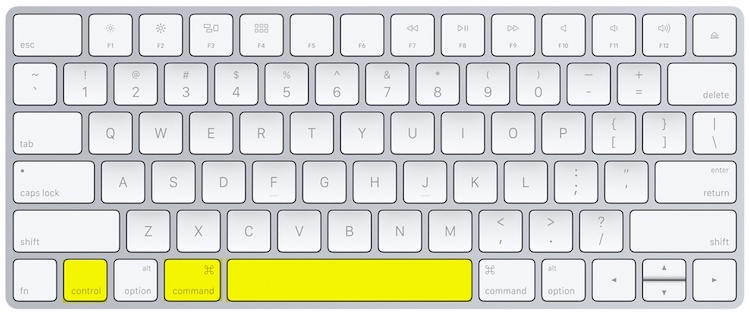

- #Key command to add emoji to email mac how to#
- #Key command to add emoji to email mac install#
- #Key command to add emoji to email mac mac#

With Technical Symbols enabled, you can now easily access common system-related symbols like those mentioned above, as well as dozens of additional symbols. Click Done when ready and you’ll now see the Technical Symbols category on the left side of the window. Scroll down until you see Technical Symbols and check its box to add it to your Emojis & Symbols list. To enable these hidden categories, click the small gear icon in the upper-left of the Emoji & Symbols window and select Customize List.Ī new menu will slide down from the top of the window revealing dozens of additional symbol categories.

You can browse each category by clicking on it in the list on the left side of the window, or you can search all categories via the search box in the upper-right portion of the window.īy default, current versions of OS X display ten categories of symbols, but there are several additional hidden categories, including the “Technical Symbols” category we’re looking for. You’ll see a new window appear with a variety of symbols divided into categories such as Emoji, Arrows, Currency, and Math. With the app open, head to Edit > Emoji & Symbols or use the keyboard shortcut Control-Command-Space. To do so, launch just about any app that offers text input, such as Text Edit, Pages, or Safari. To access symbols such as Command (⌘), Option (⌥), Shift (⇧), and Control (⌃) - what Apple refers to as “Technical Symbols” - you first need to open the Emoji & Symbols window. But don’t fret! You can get your system-related symbols back by simply turning them on again. After a few minutes of poking around, it appeared that Apple no longer displays these system-related symbols in the Emoji & Symbols window by default.
#Key command to add emoji to email mac install#
I was working with a fresh install of OS X, however, and when I reached the Emoji & Symbols window, the Command symbol was nowhere to be found. Absent the use of more advanced methods, I normally head to the Emoji & Symbols window (formerly known as Special Characters and accessible via Edit > Emoji & Symbols or Control-Command-Space) to find and insert characters such as Command (⌘), Option (⌥), or Eject (⏏). Type in the first few letters of the face, object, or action you'd like to use and it will narrow down your options accordingly.While writing a recent tip on keyboard mapping in OS X, I needed to type the Command symbol (⌘). This will bring up the emoji picker.Ĭlick the emoji you'd like to use and it'll be inserted where you left your cursor.Įmoji are divided into several categories: Smileys & People, Animals & Nature, Food & Drink, Activity, Travel & Places, Objects, Symbols, and Flags If you don't want to scroll through all of them, you can use the search field to find emoji you'd like to use. Hold down the following three keys at the same time: Command+Control+Spacebar.Position the cursor in any text field you'd like to insert an emoji, like posting a tweet for example.
#Key command to add emoji to email mac how to#
#Key command to add emoji to email mac mac#
A couple of quick taps on the keyboard button and you've got them ready, but did you know you can actually use emoji on your Mac? That's right, you can liter your email, notes, Twitter feed, and anything else you want with emoji on your Mac even though it isn't immediately obvious how to access them. Using emoji to express emotions, ideas, and thoughts are very popular on the iPhone and other mobile devices.


 0 kommentar(er)
0 kommentar(er)
